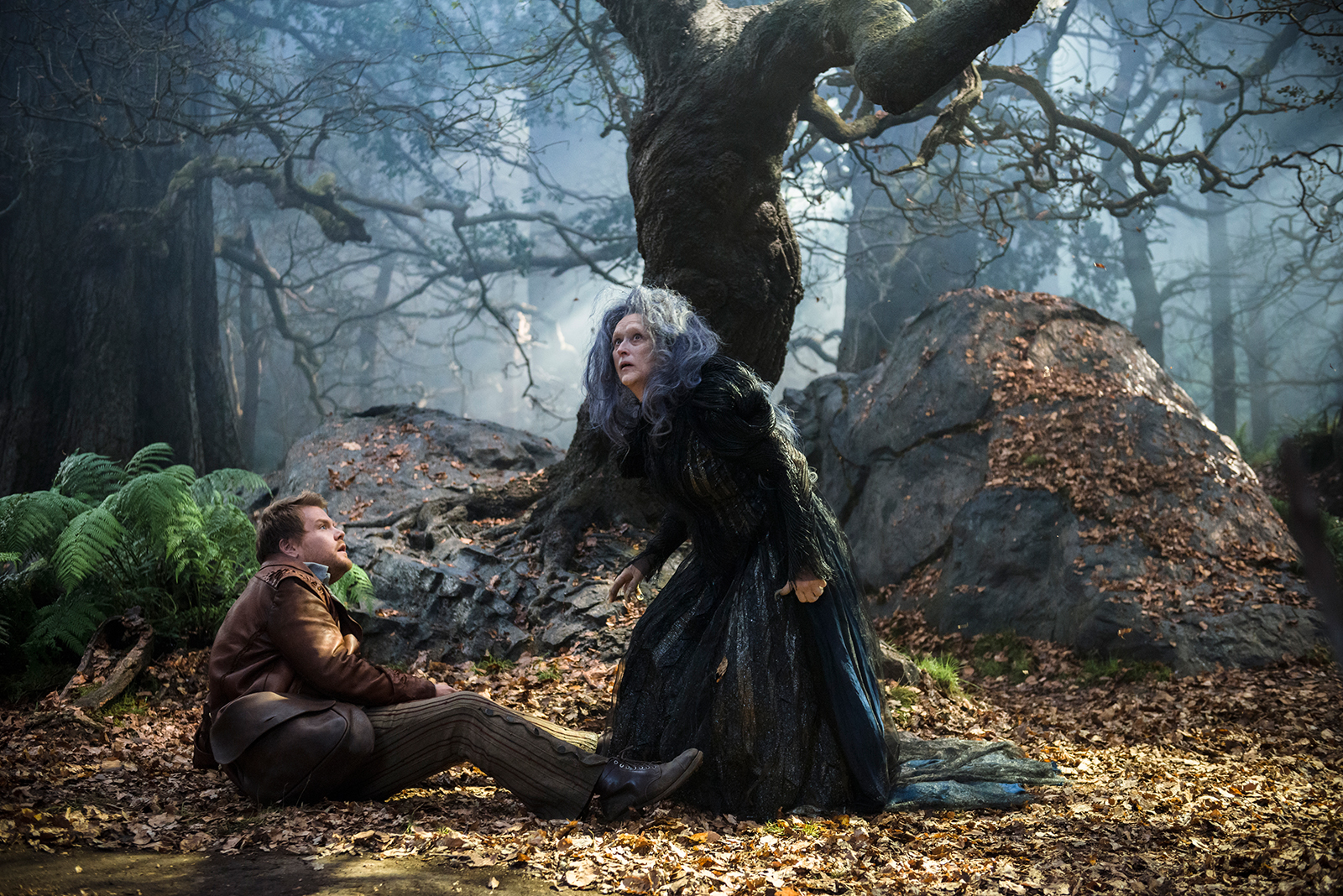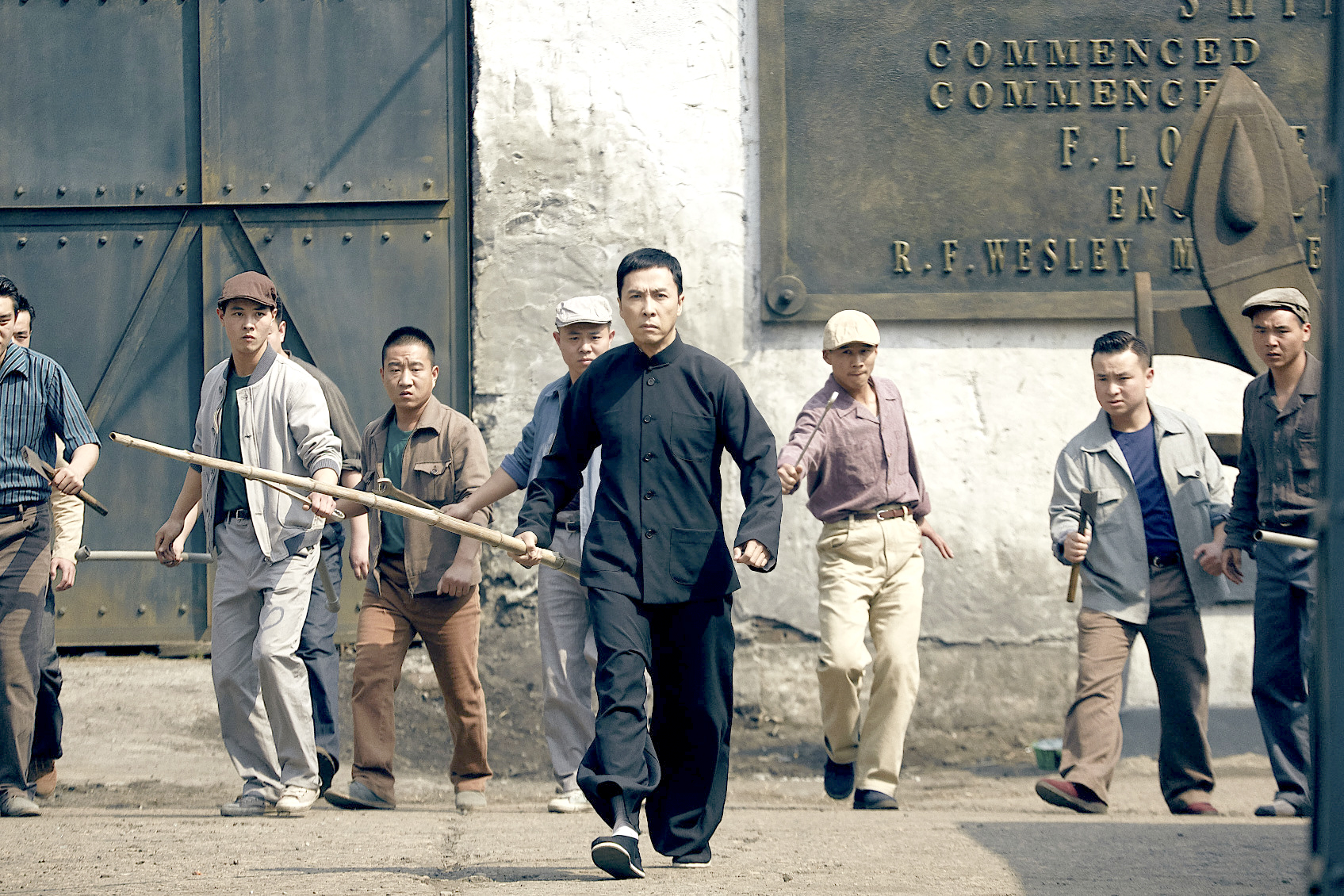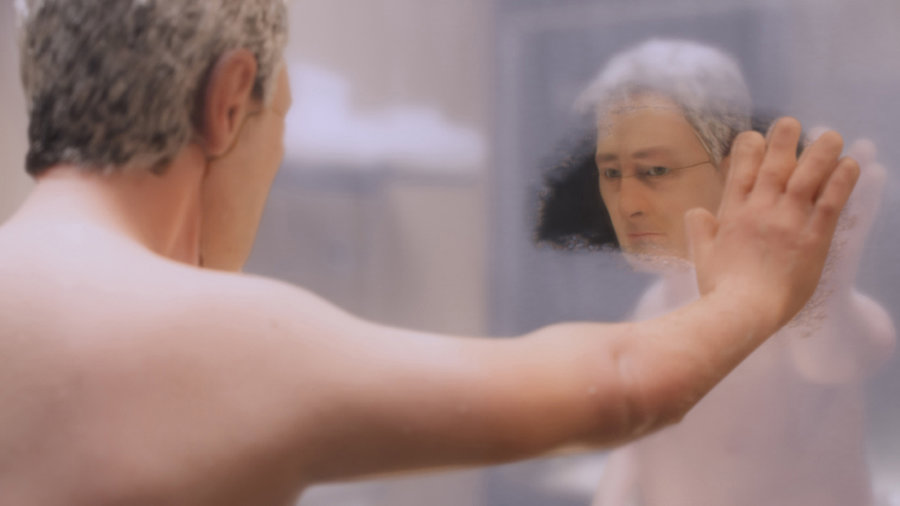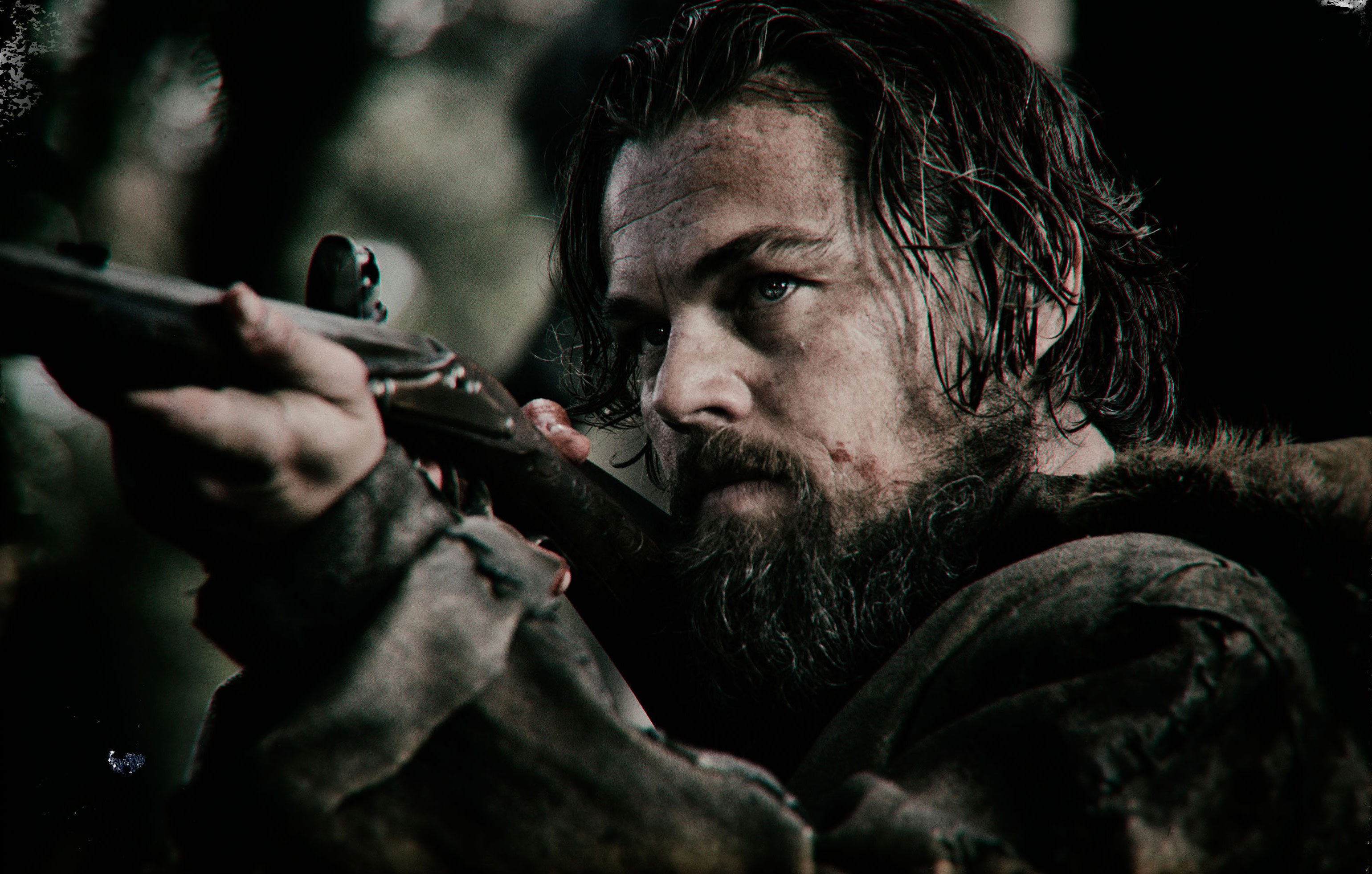The crucial masterstroke of
Into the Woods is that the fairy-tale happy ending comes halfway through the action. What exactly becomes of Cinderella after she settles in with her Prince? Does Jack miss the adventure of climbing up the beanstalk? Does Little Red Riding Hood ever dream about the Wolf? Such questions fuel the wickedly amusing 1987 Broadway musical, with songs by Stephen Sondheim and book by James Lapine.
Cue the irony, then, that Sondheim’s sly modern classic has been taken up by Disney, history’s busiest purveyors of the happy ending. Sondheim and Lapine were both involved in the film, and if many things have been cut or altered, a bit of a subversive message still peeks through (and some key characters die along the way). Into the Woods presents a crowded roster, with Meryl Streep earning top billing as the Witch, the blue-haired crank who sets things in motion. Streep’s opening scene is pretty glorious, as the actress stalks around the Baker’s shop, spitting out the backstory and laying down a curse.
The Baker (Brit comedian and future CBS Late Late Show host James Corden) and the Baker’s Wife (Emily Blunt) must then gather magical totems in three days’ time, lest they remain infertile. When they head into the woods for that purpose, they run into Jack (Daniel Huttlestone), who’s sucker enough to trade his cow for some magic beans. Meanwhile, Cinderella (Anna Kendrick) is avoiding her rotten family and charming a Prince (Chris Pine), while Little Red (Lilla Crawford) is seduced by the Wolf (Johnny Depp, a cameo) on the way to grandma’s house.
There’s more, including Rapunzel and the giants. The blend of rustic locations and studio-built woods is eye-filling, especially when the characters cross the border from the realistic realm to the enchanted forest. In general, though, director Rob Marshall (who guided Chicago to its dubious best-picture Oscar) brings his usual clunky touch, hammering home the big moments and underlining subtlety with a broad brush. The singing tends toward the Broadway-brassy, although Blunt and Corden—working in a more casual style—are completely charming. Depp’s zoot-suited Wolf may be stunt casting, but at least his creepy strutting avoids any hint of Disneyfication, while buried in the cast is a splendid Tracey Ullman, who really seems to have stepped straight out of a Grimm fairy tale as Jack’s overbearing mother.
In a few ways, Into the Woods actually does fit into the recent Disney run of fairy-tale revisionism that’s given us Tangled and Frozen. The latter film, after all, rejects the usual story arc and instead wonders why a girl would want a prince in the first place. (It’s as though the company is atoning for all those happy endings of the past.) All of which culminates in Sondheim’s marvelous lyrics for “No One Is Alone,” a song that considers revenge scenarios and triumphal endings, and then basically shrugs. “People make mistakes,” the Baker and Cinderella sing—a line that can only be described as making the case for radical empathy. And more: “Witches can be right, giants can be good.”
It might not make for a black-and-white finale, but it’s a liberating moment for anybody ever bored by happy endings. If the film itself isn’t as good as Sondheim’s best moments—the adaptation remains stubbornly unmagical—it’s still an unusual blockbuster to unleash at Christmastime. And it might even instill a bit of skepticism and wonder in unsuspecting viewers—like a magic bean, tossed into the ground, that turns into something unexpected and wild.
film@seattleweekly.com
INTO THE WOODS Opens Thurs., Dec. 25 at Ark Lodge, Majestic Bay, Pacific Place, SIFF Cinema Uptown, and other theaters. Rated PG. 126 minutes.







